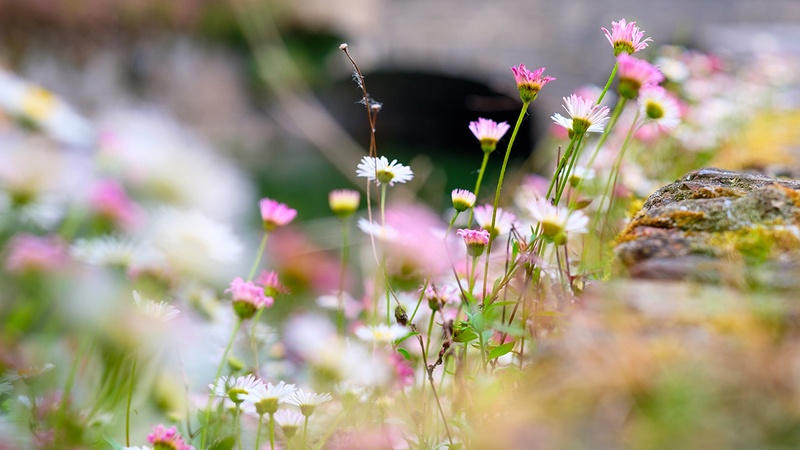Freezing and Frost can occur even in areas that are typically “frost-free.” If frost is predicted for your area, you need to protect your vulnerable plants such as:
- Houseplants and tropical plants.
- Spring-blooming shrubs and trees like azalea, rhododendron, and cherry.
- Citrus trees.
- Tender bulbs like Dahlia and elephant ear.
- Warm-season vegetables like tomato, corn, and peppers.
- Warm-season annuals like impatiens, petunia, and geranium.
The steps you will want to take when frost or freeze threaten tender plants include:
Bring Indoors: Bring your frost-tender plants in containers inside during cold weather. Dig up tender bulbs from the ground and store them in a cool, dry place.
Water Your Plants: Water all of your plants thoroughly before a freeze to prevent desiccation from occurring and to the soil and plant cells with insulating water.
Protect Tender Sprouts:
Cover your tender plants overnight with either an inverted bucket, flower pot or with a protective layer of mulch. Remember to uncover them in the morning when temperatures rise above freezing.
Cover Your Shrubs and Trees: Cover larger plants with fabrics like old bed sheets, burlap, or commercial frost cloths. You will want to avoid using plastic, so the plants are not deprived of oxygen. For best results, drape your cover over a frame to prevent it from touching the foliage. Fabric covers help trap heat from the soil, so you want your cover to hang to the ground. Uncover them in the morning after the temperatures rise above freezing.
Assess Your Losses: Sturdy perennials, trees, and shrubs may recover from a late spring freeze, even if the damage is visible. Their blooms or fruit may be lost for the year, but once they begin actively growing, remove permanent damage from stems and branches. Frost-tender plants will not recover, so avoid planting them until you are confident that freezing weather has passed.
Practice Prevention: Choose plants that are appropriately hardy for your particular climate zone, or plant tender plants in portable containers that you bring indoors. Avoid applying fertilizer until after the last frost, to prevent a flush of tender growth that cold will damage.




